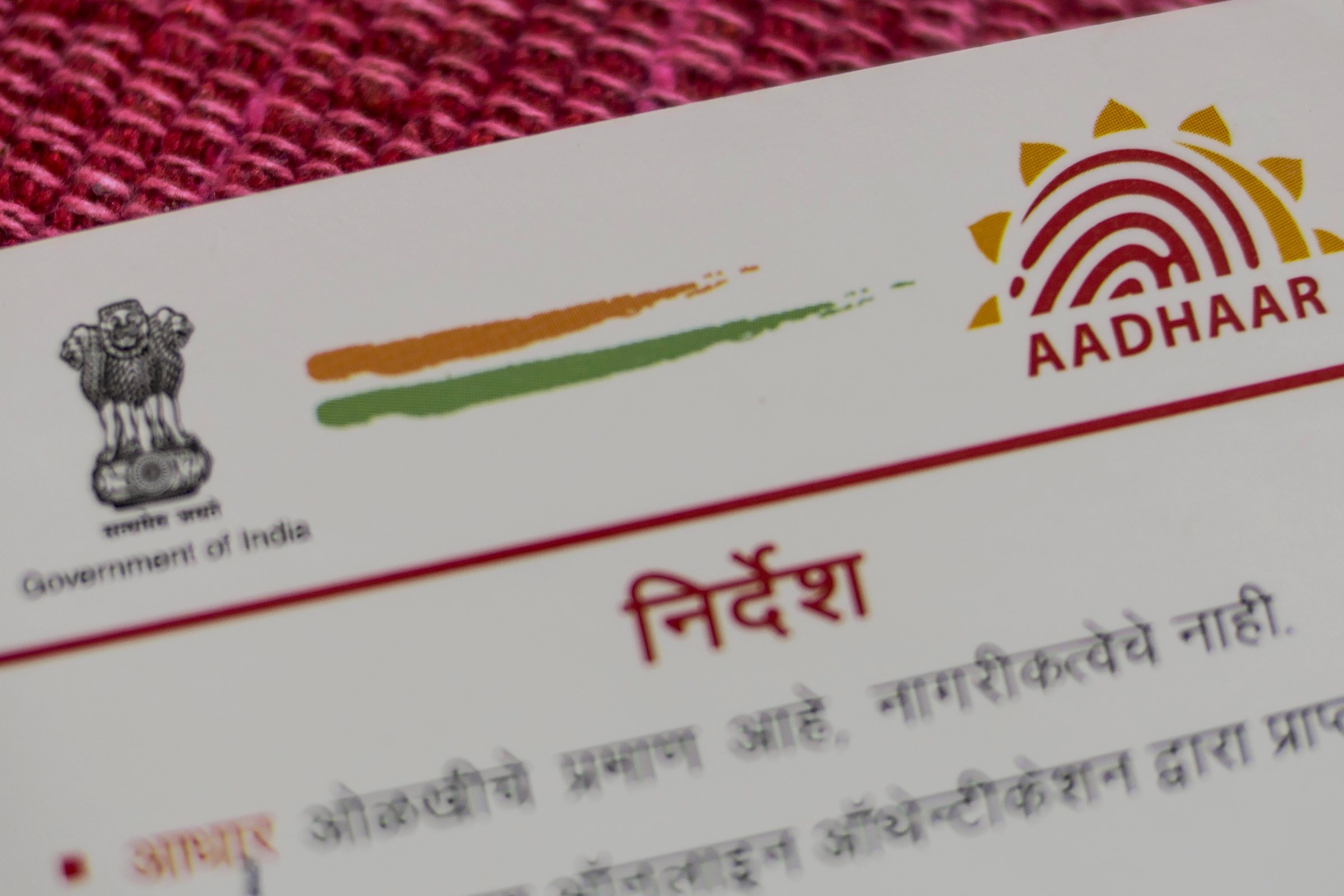
The World Bank estimates that one in six people around the globe are unable to prove their identity — a burden that disproportionately affects women and girls. Not only are women and girls confronted with structural barriers to obtaining official identification documents, ranging from restrictions on mobility to illiteracy, but many also face a significant legal hurdle. According to the World Bank’s 2016 Women, Business, and the Law report, several nations require women to provide additional documentation such a birth certificate to even approach the government for an ID card, a condition that often ends the fight to be counted before it even begins.
Life without ID compounds the barriers a woman faces in accessing credit, employment, healthcare and education for her children. Without proof of identity, women are often barred from accessing basic government and financial services, including cash transfers, pensions and educational scholarships.
Recently, new technologies have sought to transform the way people are counted, replacing traditional paper documentation with biometric data. Leading the path forward is India’s Aadhar system.
Launched in 2009, Aadhaar refers to a unique, randomly-generated 12-digit ID number that’s assigned to each of India’s residents after they sign up. Aimed at boosting social and financial inclusion, registration is free of charge. The system uses fingerprints, iris scans and a facial photograph to verify an individual’s identity. To date, approximately 94% of India’s population has been enrolled in Aadhaar. And, as a result, government benefits have reached their intended population more efficiently and more reliably, according to a 2017 report by the Groupe Spéciale Mobile Association, which represents mobile operators across the globe.
Aadhaar is also increasingly bringing India’s unbanked into the nation’s financial system. In 2013, the Reserve Bank of India mandated that Aadhaar be accepted as a form of ID when applying for a bank account. Subsequently, from 2013 to 2014, the number of bank accounts linked to Aadhaar increased from fewer than 2 million to 58 million.
In 2014, Prime Minister Narendra Modi announced the National Mission for Financial Inclusion (Pradhan Mantri Jan-Dhan Yojana, or PMJDY), which seeks to provide all citizens with access to bank accounts, in part by allowing Aadhaar as an accepted form of ID. One study found that the rate of financial inclusion subsequently rose by 24 percent among women between 2014 and 2015. Altogether, approximately 220 million accounts were opened under PMJDY by April 2016 — the majority in poor, rural areas — suggesting that being able to use Aadhaar to open a bank account may be key to financial inclusion efforts.
Despite the benefits Aadhaar offers regarding the ease with which an individual’s identification can be known, security experts and activists have criticized the system as “the world’s biggest surveillance engine.” They contend that increasing pressure on Indian citizens to enroll in Aadhaar (for example, an Aadhaar number is now needed to open a bank account and, increasingly, to receive public benefits) is a privacy breach. Critics worry that storing demographic and biometric data in a central database poses a major risk to citizens if the database were to be hacked, or that it could be used by the government for ethnic identification or other purposes that are far less benign than the provision of government benefits. Still, many international development professionals, including those at the World Bank, have hailed Aadhaar as a model for other countries.
In addition to bolstering financial inclusion efforts, the ability of all citizens to obtain a national ID leads to a great deal of change for the better, especially when it comes to families’ health and wellbeing. Having a national ID can enable the tracking of vaccines and maternal care, facilitate school enrollment, solidify legal rights such as the rights to vote and to own property and can even prevent child marriage by providing evidence of a girl’s minority status. In India, marriage of children under the age of 18 is illegal, but that has yet to stop the practice from happening.
Ultimately, universal ID systems have the potential to contribute to a virtuous cycle of positive change for women’s lives and families’ prosperity. And counting women as part of the country’s citizenry can help lead to a more prosperous and stable society — one where women can more easily access their nation’s benefits, its healthcare, its education system and its banks.
Gayle Tzemach Lemmon is a senior fellow at the Council on Foreign Relations and the author of New York Times bestsellers The Dressmaker of Khair Khana and Ashley’s War: The Untold Story of a Team of Women Soldiers on the Special Ops Battlefield. Follow her work on her website and on Twitter.
More Must-Reads From TIME
- The 100 Most Influential People of 2024
- How Far Trump Would Go
- Why Maternity Care Is Underpaid
- Scenes From Pro-Palestinian Encampments Across U.S. Universities
- Saving Seconds Is Better Than Hours
- Why Your Breakfast Should Start with a Vegetable
- Welcome to the Golden Age of Ryan Gosling
- Want Weekly Recs on What to Watch, Read, and More? Sign Up for Worth Your Time
Contact us at letters@time.com